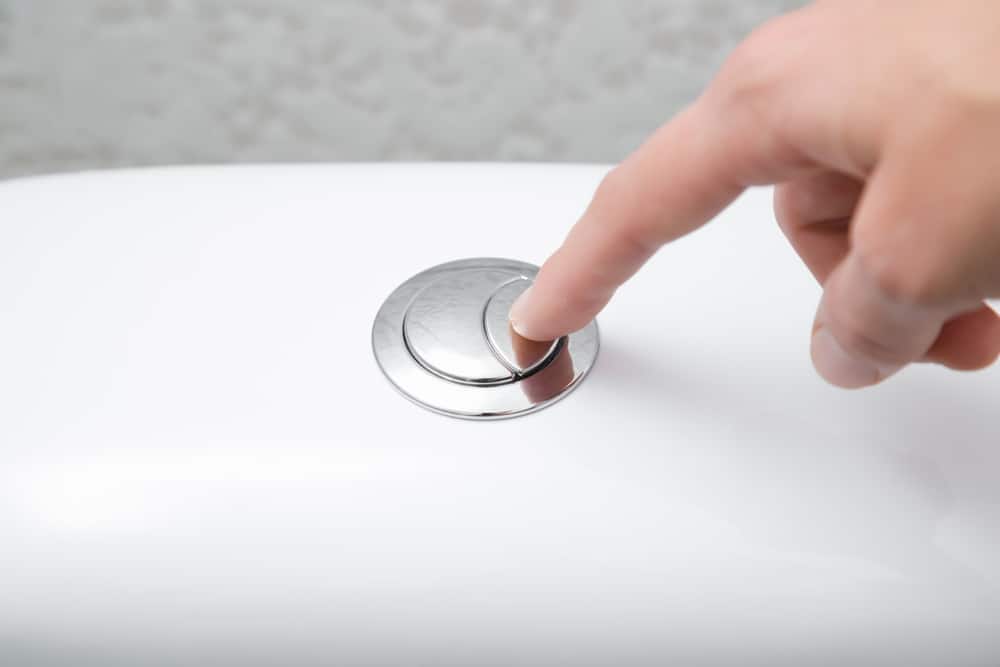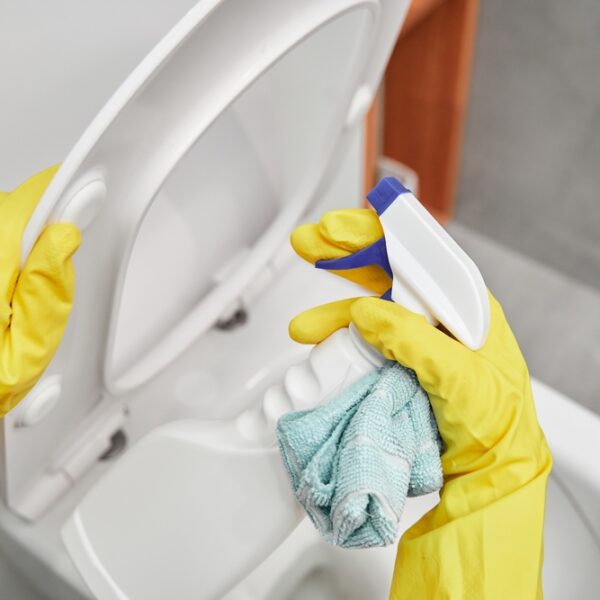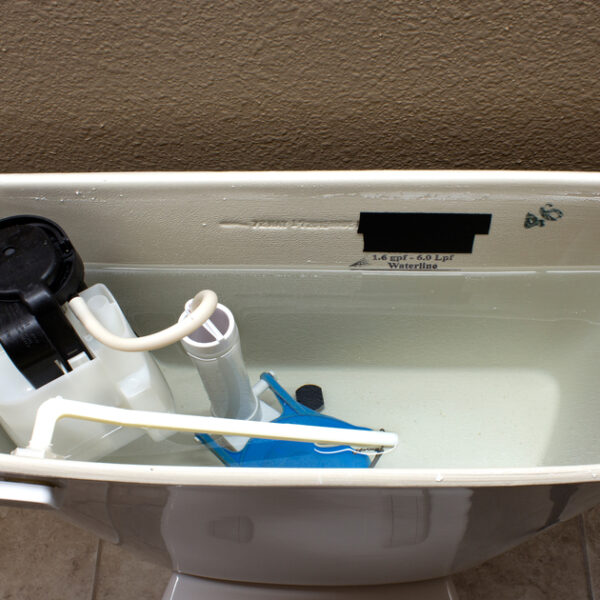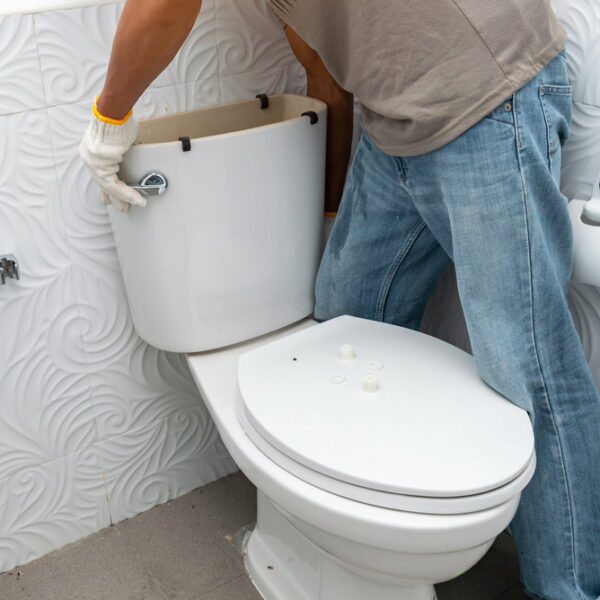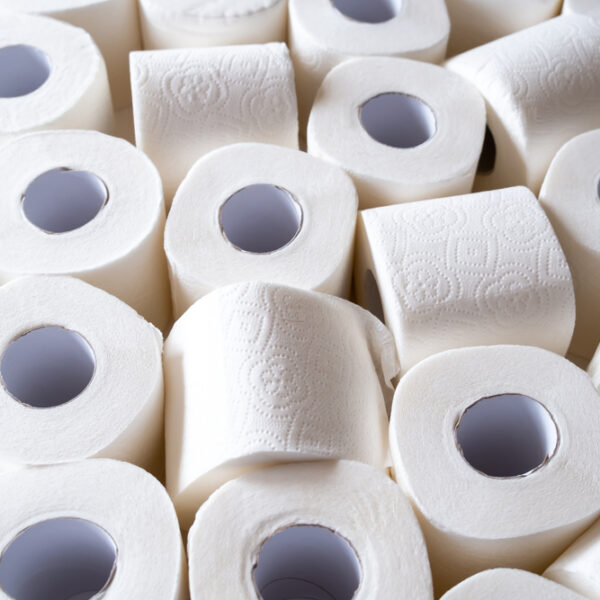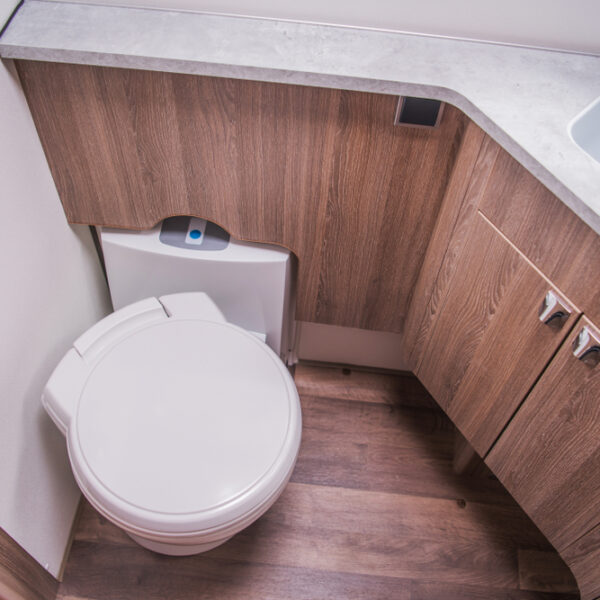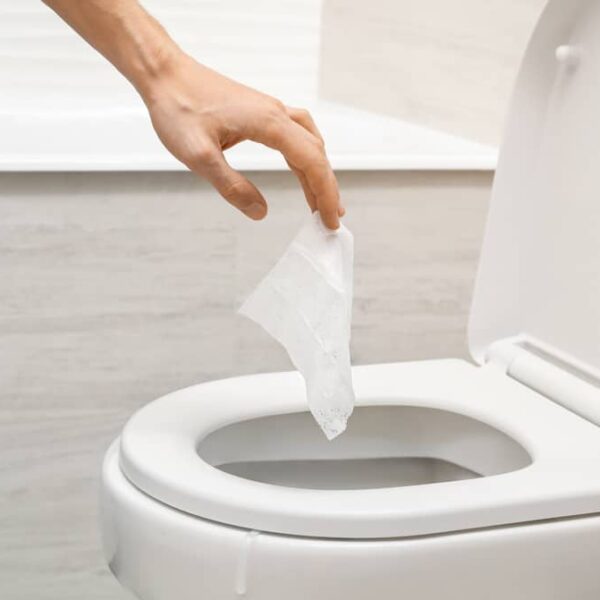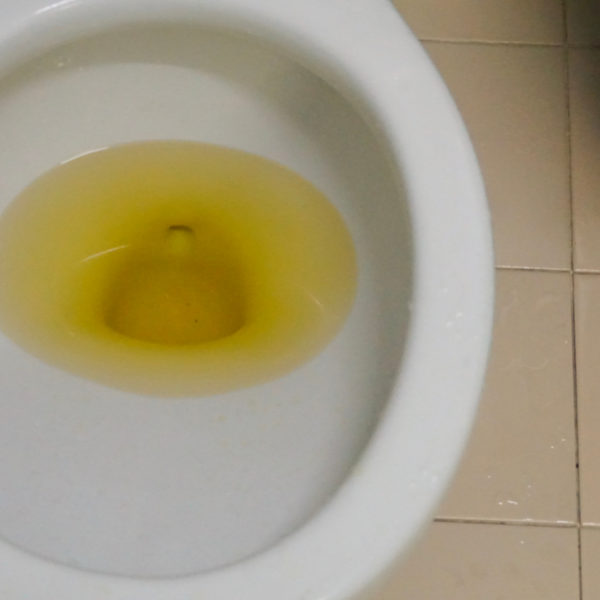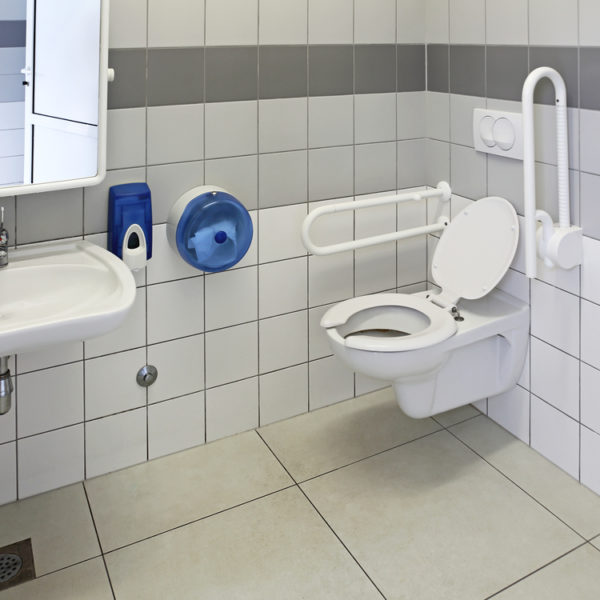Dual Flush toilets are a great invention. In these times when it is necessary to take more ecological measures with the planet, a toilet that has the ability to save water is a great thing.
But dual flush toilets are not magic. Before installing one in your house you should make sure of certain measures and you should learn how to use it, if not you may not be saving any water. but quite the opposite, you can end up spending more water than you would in a traditional toilet.
As Dual Flush Toilets work differently and are created with different technology, we must learn what the most common problems are with these toilets and what is the best alternative to solve them.
It may seem complicated at first, but you just have to have a little patience and practice to achieve it. That way you will be sure to contribute to the environment, in addition to saving water and money for your pocket.
So get ready to become an expert in dual flush toilets and find out what are all the ways to solve any problem that arises.
What are dual flush toilets and how do they work?
Dual flush toilets are distinguished by a system that allows you to choose between several flush sizes depending on your needs. In contrast to traditional toilets, most dual-flush toilets include a circular button on the lid rather than a handle and they don’t work with float, a refill tube, or rubber materials.
This button is split into two halves. Depending on your designs, some are divided in half or in other ways, but in general, one of the pieces will always be smaller than the other. Numerous individuals are unaware of this, which is one of the many reasons for its misapplication.
The smaller button releases 3 liters of water and is used to flush liquids every time one goes to the toilet, while the bigger button produces a 6-liter flush and is used to eliminate solid waste.
This is feasible because dual-flush toilets have two valves connected to each other, allowing the user to control the amount of water needed to clean the toilet.
As opposed to traditional toilets, which have a smaller trap and are more prone to clogging, dual flush toilets feature a bigger trap of roughly 5 inches, which makes waste disposal easier.
Problems with Dual Flush Toilets and How to Solve Them
Installing a dual flush toilet is a terrific way to help the environment and save money at the same time. While these high-tech toilets may seem like a fantastic concept, there are a few issues to be aware of, as well as a few factors to consider before installing one.
That is why we want to offer you all of your options so that you can get the most out of these toilets since if you don’t use them correctly, you risk not only wasting water but also wasting a lot more water than you would in a standard toilet.
1. Clogging
Complaints about blocked toilets are one of the most typical issues when purchasing a dual-flush toilet. That isn’t to imply that dual-flush toilets are prone to clogging. Outside visitors or attendees at a conference or party are likely to have used the restroom without knowing which button to click.
This is a pretty regular occurrence that is partly unavoidable. You must keep in mind that not everyone understands how these toilets function, and they will frequently push the 3-liter flush button rather than the 6-liter flush button.
They’re also going to waste water by flushing the toilet many times, which is probably not the end of it.
But what’s the big deal about employing a 3-liter discharge for solid waste instead of liquid waste? Not only will you be unable to dispose of the garbage on the initial attempt, but your pipes will become blocked over time.
The drains in most homes are smaller to save space and money. As a result, when you flush the toilet with a small amount of water, the waste passes through with insufficient force to reach the sewage system.
It’s possible that nothing happens the first time, but if you repeat the activity multiple times, you’ll eventually develop major plumbing difficulties and your toilet will get clogged.
Solution:
Place a tiny label on or near each button to avoid people from becoming confused about which button to push when going to the restroom. People will know which button to hit this way, or at the very least, you will have a better probability of someone seeing it and learning how to use it properly.
Another suggestion is to go to the bathroom after having company and flush the toilet twice at full capacity. This ensures that the trash that was previously evacuated has the required strength to reach the street sewer, preventing clogging of your pipe system.
Some may consider this a waste of water, and in some ways it is, but trust me when I say that it will be considerably less expensive than having a plumber come out and solve your plumbing problem
2. Toilet Fill Valve Problems
The Cistern fill valve is a critical component of your toilet, so if any of the flaps begin to break, you will experience a continual trickle of water.
When a flush valve wears down, it no longer accurately gauges the water level at which it must stop supplying water. Any residual water drains down the tube that links directly to the toilet’s bowl part.
When this happens, a vicious cycle is set in motion in the toilet tank, and the amount of water that may be wasted is astounding. Consider that if the tank is filled with 6 liters of water every 3 minutes, you may waste 120 liters of water in an hour.
It’s also possible that you have a new tank flapper but it´s still not working correctly.
Solution:
Always check the water supply and replace the flush mechanism on a regular basis; they are a low-cost addition that needs little effort to keep in good working order. Also, check that nothing interferes with the seal and be careful with the tank water level for excess water.
If your valve is new but your toilet still leaks, it’s conceivable that a piece of rubbish is blocking the component. Remember that, in addition to the sand or microscopic particles that the water may contain, scale and rust might build in the tank. They may appear trivial at first, but they might add up to become a problem over time.
Keep your receipt since another reason for your toilet leaking might be that the item was defective from the manufacturer, so it’s wise to have the evidence of purchase on hand in case you need to replace it.
3. Maintenance and cleaning
Dual-flush toilets have the disadvantage of retaining less water in the bowl, which makes cleaning more critical.
With less water in the bowl, you’re more likely to accumulate filth quickly or not entirely clean everything every time you flush.
Solution:
If you have or want to have a dual-flush toilet, it’s best if you’re prepared to clean it frequently and scrape the toilet bowl well with the toilet brush.
Emphasize the cup’s sides, since the holes through which the water runs must constantly be in good working order to avoid clogs and foul odors.
4. Compatibility Issues with Plumbing
Before you decide to purchase a dual flush toilet, think about your living situation. Modern homes and flats are built to accommodate low-flush toilets without difficulty, whereas older homes and complexes are built to accommodate high-flush toilets.
It’s also likely that the plumbing in an older home isn’t in great repair, which will have a direct impact on the functioning of your dual-flush toilet.
Solution:
Make sure you have a plumbing system that can accommodate a dual flush toilet and that your toilet is 100 percent compatible before purchasing one.
In these circumstances, we recommend consulting a professional or a plumber you can trust to thoroughly inspect your plumbing system and establish whether or not a dual-flush toilet may be installed in your house.
5. Problems with the dual flush toilet button
Another disadvantage of these toilets is that they are typically button-operated, and after a while of usage, the springs inside the buttons are likely to have corroded and are no longer operating properly.
Dual-flush toilets with a toilet handle instead of buttons are also available. These types are a little more practical, but they are quite hard to come by.
Solution:
Depending on the model, the simplest and most straightforward solution is to find a replacement for the buttons or handles right away. You may also phone the plumber to see if he can fix it or if he has a part that is less expensive than the one in the shop.
However, if you need to address your problem quickly, the most practical solution is to replace it with a new one.
Summary
We hope that after reading this article, you will be able to assess the benefits and drawbacks of having a twin flush toilet and make a more informed decision before making your purchase.
And if you already own one of these toilets, we hope that the information in this tutorial has helped you rule out the source of your problem or given you a better idea of how to handle it in the future.
Remember that these toilets are a fantastic bargain and help save water, but they have a different purpose and require different maintenance, so evaluate the benefits and drawbacks before deciding which is best for you.
